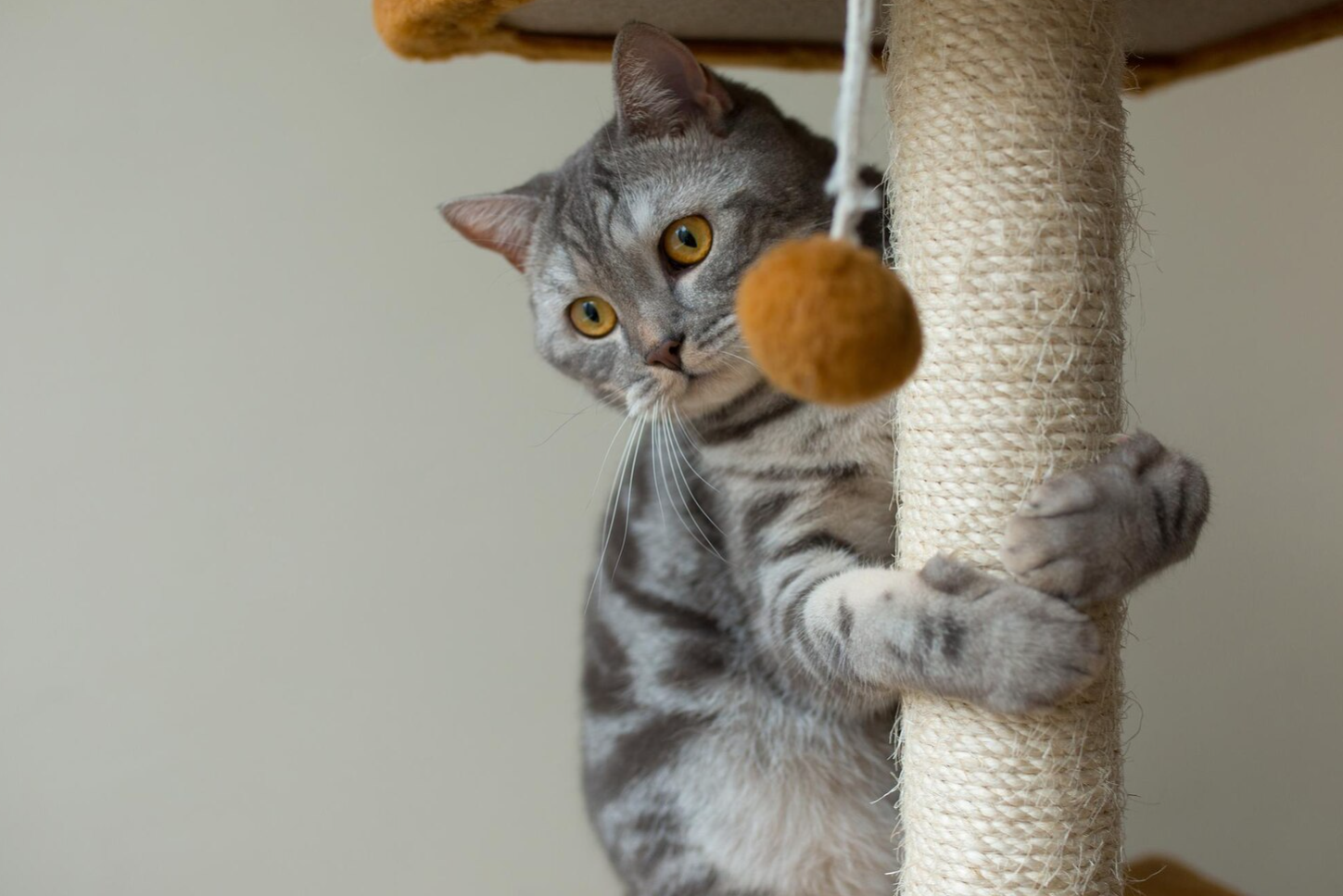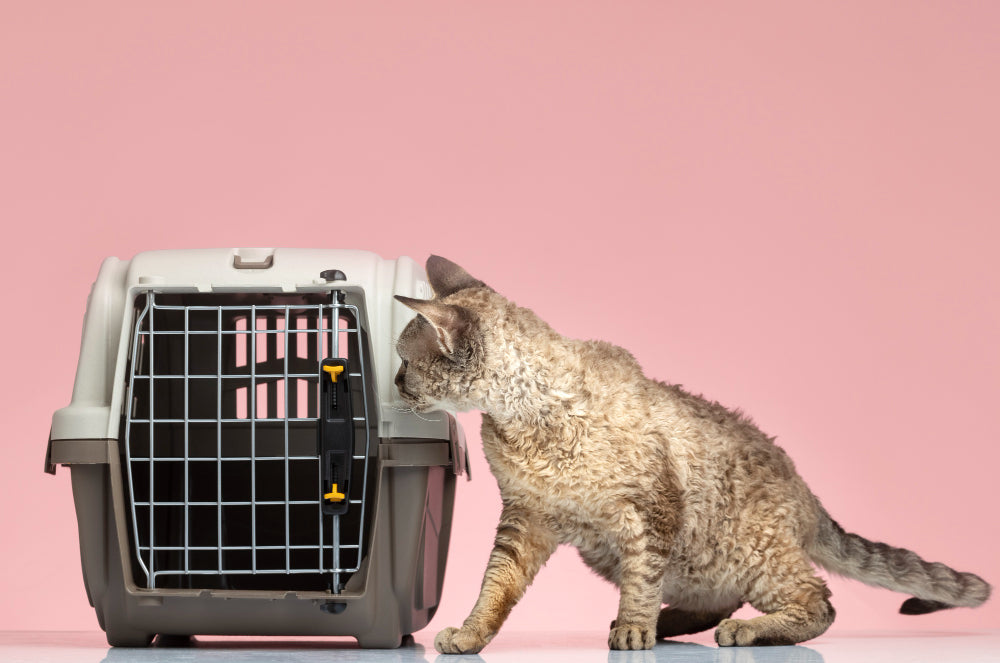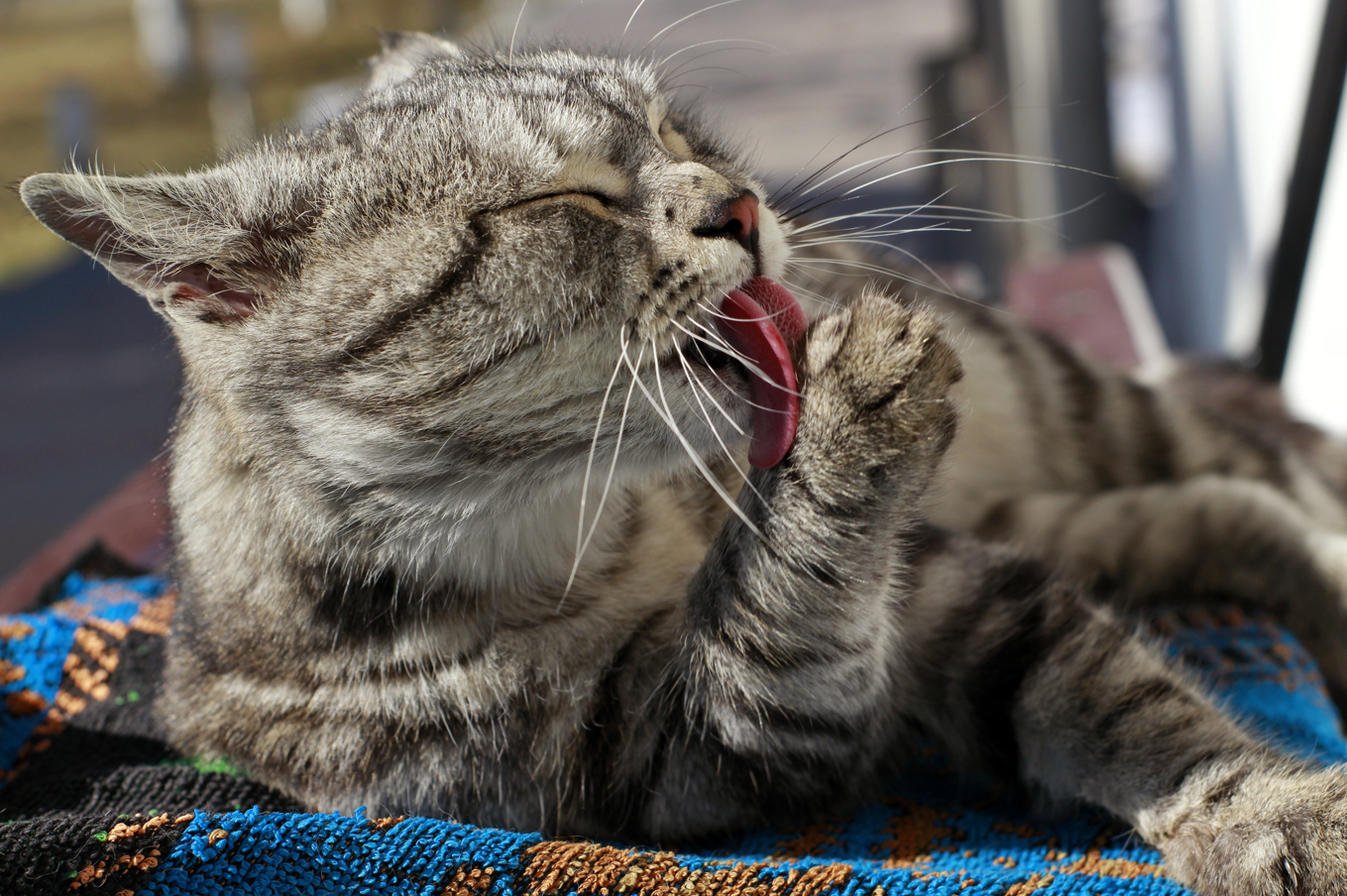
How to turn a scratching post into a behavioral training tool (and not just a piece of furniture)
, by Michael van Wassem, 7 min reading time

, by Michael van Wassem, 7 min reading time
A cat tree might seem like just a piece of furniture. For your cat, it's much more: a release valve, territorial marking spot, muscle stretch area, and an emotional reset zone. Understanding this transforms the cat tree from a "must-have" to a "strategic tool."
In your store, there's no just any scratching post — the collection of scratching posts offers models that are tailored to behavior in terms of design and height. This is how you work with them.
Scratching is a cat's natural instinct. The problem is scratching in the wrong place. You don't need to stop scratching; just move it to the right spot: the scratching post.
Because your collection offers a lot of variety, you can choose what suits your cat — long-haired or short-haired, horizontal or vertical, senior or kitten.
The right location makes all the difference. A model from the scratching post collection can be placed in the middle of the room or next to a favorite resting place. Choose a style that suits your interior and the cat's use: a sturdy base platform, a high scratching surface, or a compact corner post.
Place the pole:
in places where unwanted scratching has occurred before
between sleeping area and dining area
where your cat often shows stretching or flexing
With the right stake in the right place, you can influence behavior.
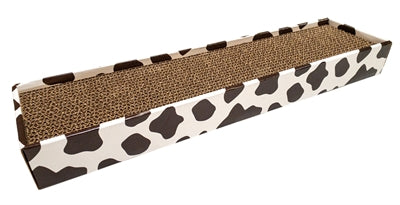
There are also budget-friendly scratching board solutions available to get you started.
Cats use scratching to relieve stress. If you associate the scratching post with moments of stress or movement, it becomes more than just a passive piece of furniture; it becomes a behavioral aid.
Example:
After coming home → cat goes to the pole and scratches it for a while.
After playing wildly → end up at the post for a smooth transition
Before eating → a short scratching session as a signal of "rest now"
Goal: the pole becomes the place where tension is released , not where it increases.
Forbidding scratching behavior never works. A cat doesn't understand "I'm not allowed to scratch here," it only understands "I need to do something here." So redirect it to the scratching post.
When you see your cat starting to scan the edge of the sofa, calmly guide him to the scratching post in your collection. Reward the correct use — for example, with a short play session or snack.
A scratching post is a great tool for routine training.
Possible signals:
Play → scratching post → rest
Coming home → scratching post → cuddle
Short visit, loud noise → scratching post → calm
Therefore, ensure consistency. The focal point of the collection must be visible and accessible , not tucked away.
Not every scratching post works for every cat. You can choose from our scratching post collection based on your cat's behavior type:
For cats that scratch horizontally: a flat surface or a low scratching post.
For jumping and climbing behavior: tall pole with hanging spots
For seniors: solid foundation, easy access.
Choose the tree that not only matches your interior, but also suits your cat's behavior .
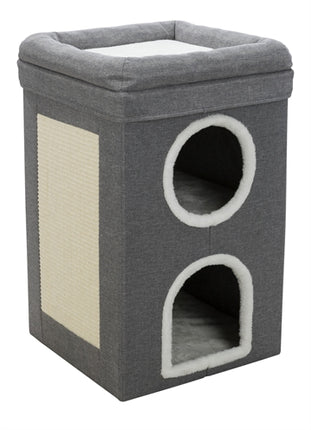
You can also opt for cat houses where the scratching area (such as sisal rope) is already built-in.
The pole is only "charged" when the cat chooses to go into it — not because it has been put there.
Work in phases:
The gate is open, inviting.
Cat approaches → reward
Cat steps in partially → reward
Cat uses pole during tension → reward
Slowly associate the pole with moments of rest.
Not in one day. But with your collection of scratching posts, you can create structure in a few weeks.
If the pole remains unused, it may be that:
The pole is too far away or not inviting enough.
He doesn't fit the type of crab behavior.
The cat has already made the association: "sofa = scratching post" due to previous experience.
Other combination factors are at play (stress, territory, new animal)
In those cases, the rule is: choose a pole that is inviting, understand the behavior, and start again.
Depending on how your cat scratches, you can make a targeted choice within the collection.
For kittens or small spaces: Small scratching posts
For standard daily use: Medium or large scratching posts
For strong scratchers and multi-cat households: XXL scratching posts
For cats who prefer climbing to just scratching: Climbing frames & poles
For cats who like to hide and scratch: Scratching posts
For a budget-friendly, low-threshold start or test phase: Scratchboard
This is how you can turn "something to scratch" into a targeted behavioral tool that suits your cat and your home.

There are scratching posts for every interior, such as this Trixie Citystyle cat tower.
A scratching post from the collection isn't just something you have — it's something you use.
When you see the pole as a behavioral object — as a safe place for release and rest — it transforms from a piece of furniture into a behavioral aid.
So: take another look at the scratching post in your house. Allow your cat to use it voluntarily. Choose the right model from the scratching post collection . And don't train your cat to "not scratch," but to "scratch in the right place."
Small investments today save you tension, damage and stress tomorrow.
